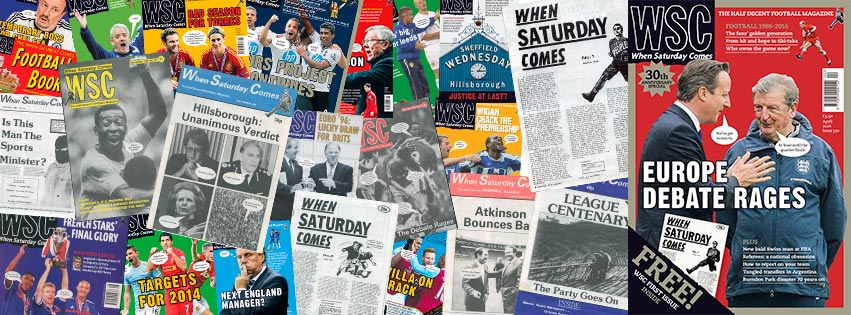
When Saturday Comes, Britain’s largest independent football magazine, has put its entire archive online. Launched to coincide with the magazine’s 350th issue – available to subscribers now and in shops from March 10 – and 30th birthday, the project with Exact Editions sees subscribers gain free access to every issue of the magazine. From the first, hand-stapled editions, WSC has covered a period of huge change in the national game from an alternative angle.
Founded in 1986 when football was an outcast sport whose followers were demonised by the government and media, WSC has been there through the Hillsborough disaster, the introduction of all-seat stadiums, the foundation of the Premier League, the influx of multi-billionaire owners, mass commercialisation and rising ticket prices, to provide an alternative voice for intelligent supporters in both a serious and humorous way. The new, fully searchable archive showcases how football has evolved over the last 30 turbulent years.
A product of the fanzine boom of the late 1980s, WSC itself has developed and, during the mid-1990s boom in football publishing, established a niche in the then crowded magazine market. WSC has become recognised as a source of informed comment on all aspects of British football, featuring on major current affairs programming and in newspapers in this country and on radio and television around Europe.
WSC has provided an early outlet for many writers who have gone on to establish themselves elsewhere, notably Harry Pearson, Barney Ronay and David Conn – all of whom will feature in the 350th issue. That special edition will also include a reprint of the first issue at no extra cost as a birthday gift to our readers.
Alongside the magazines, WSC has a book publishing back catalogue that includes pioneering histories of football in Spain (Morbo by Phil Ball), Germany (Tor! by Uli Hesse) and the US (Soccer In A Football World by David Wangerin). Most recently they produced The Man Behind The Goal, a collection of short stories by the esteemed football writer Brian Glanville. They also have an established web presence and have launched WSC Photography, an ever-growing collection of images of football culture, drawn from WSC photographers and their archives. WSC also runs an annual competition for amateur and aspiring writers.
Editor and co-founder Andy Lyons will be available for interviews, and we can also provide access to the archive and guidance on finding historic articles on any subject you require.
editorial@wsc.co.uk">editorial@wsc.co.uk
020 3735 7580
When Saturday Comes
E1 Business Centre
Studio 202
7 Whitechapel Road
London
E1 1DU
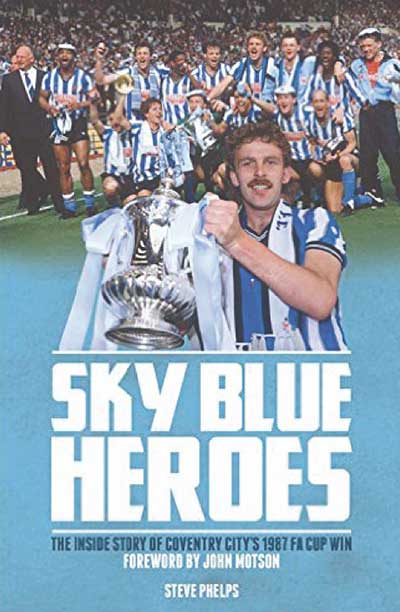 The inside story of Coventry City’s 1987 FA Cup win
The inside story of Coventry City’s 1987 FA Cup win 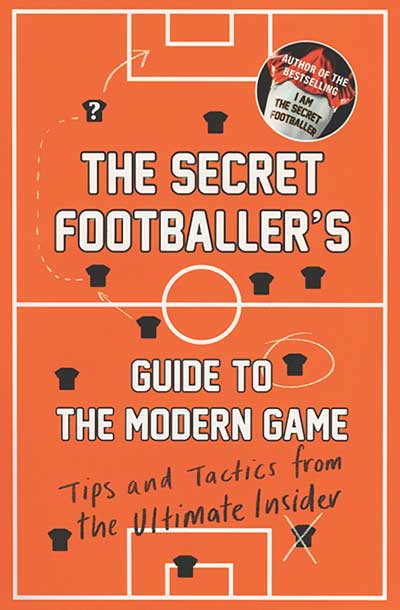 Tips and tactics from the ultimate insider
Tips and tactics from the ultimate insider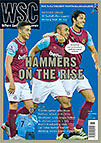 With no communication about an apparent takeover and stadium construction work stalled,
With no communication about an apparent takeover and stadium construction work stalled, 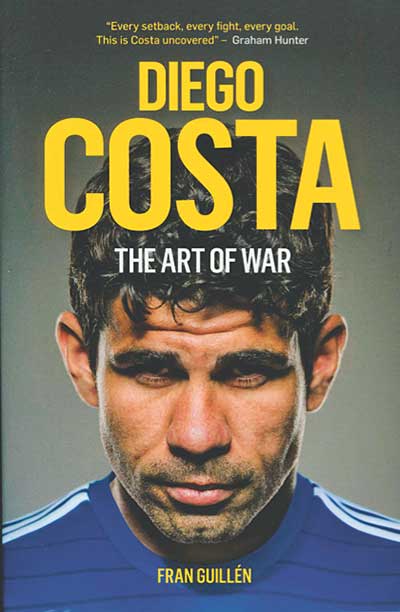 The art of war
The art of war